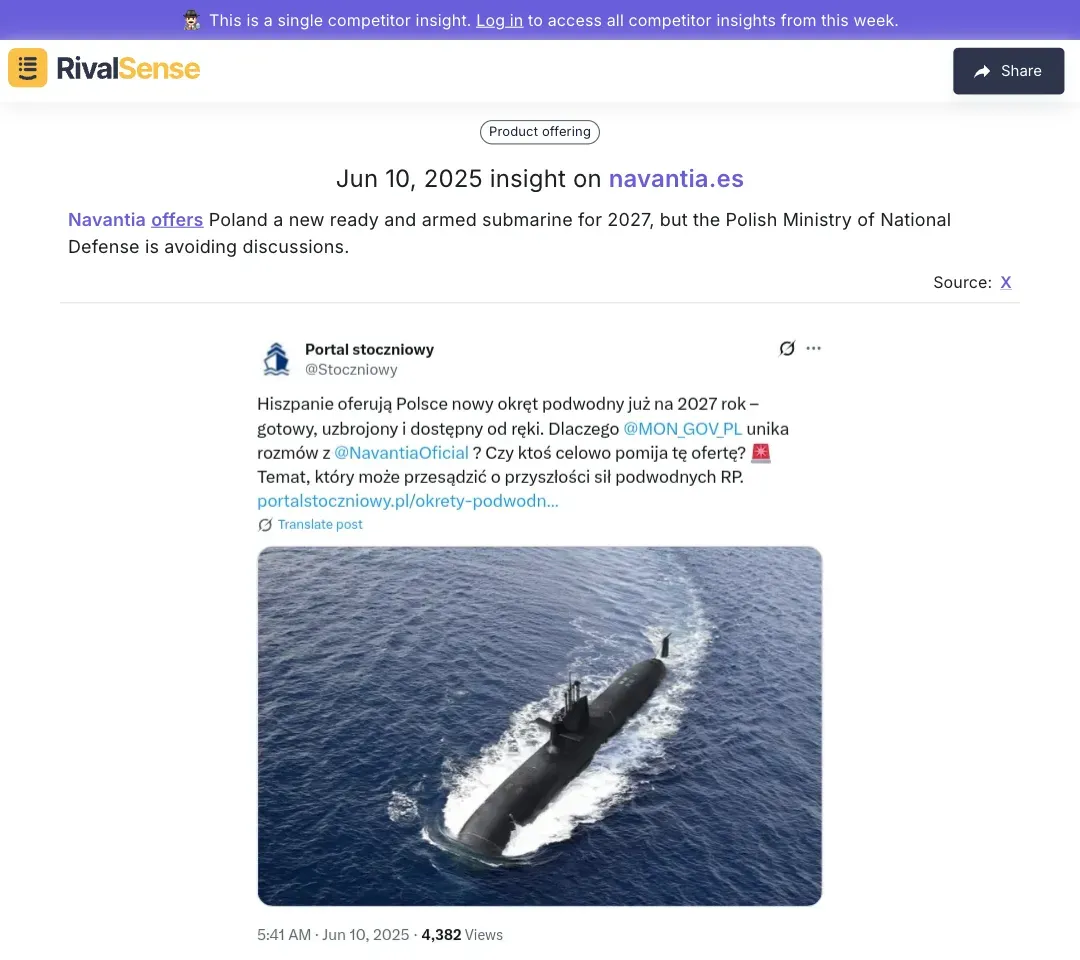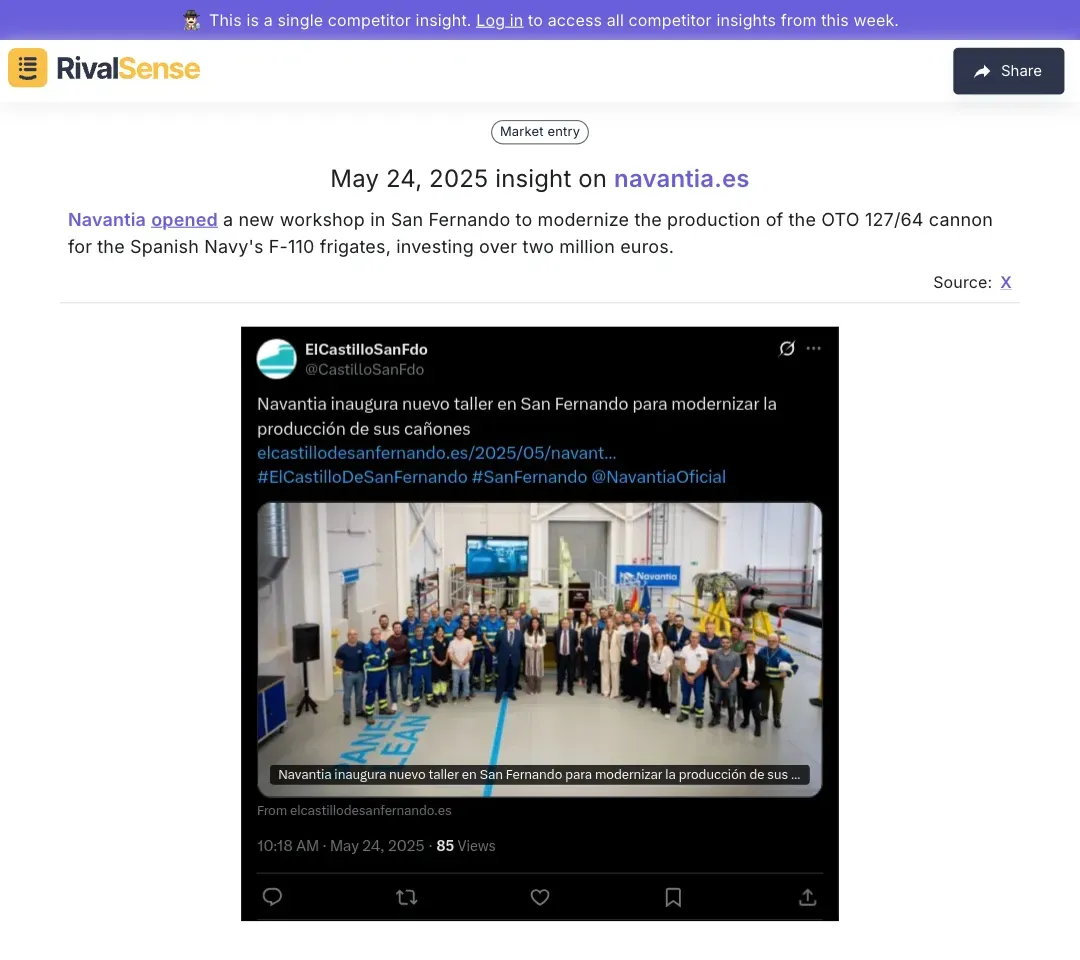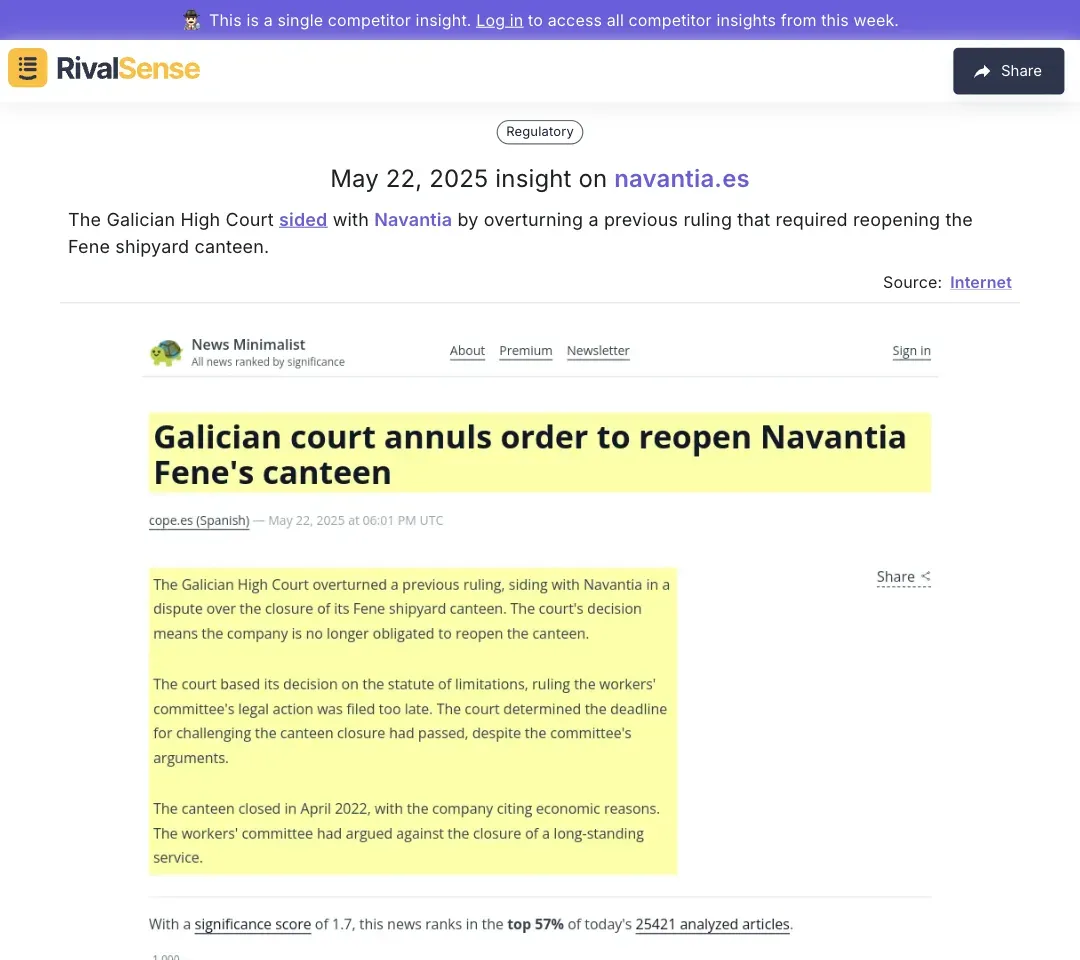Naval Giants: Comparative Analysis for Shipbuilding Leaders
The global shipbuilding industry remains a cornerstone of maritime commerce, dominated by naval giants whose innovations set industry standards. Understanding competitive dynamics is essential for businesses aiming to secure market share in this capital-intensive sector.
Key players like Hyundai Heavy Industries and China State Shipbuilding Corporation continuously redefine efficiency through technological leaps. Competitive analysis reveals market gaps and emerging trends—like the shift toward green shipbuilding—that inform strategic positioning. Practical steps to leverage these insights include:
- 🎯 Regularly benchmarking against top players
- 📊 Monitoring regulatory shifts impacting maritime operations
- 🔬 Investing in R&D to match competitors' technological strides
By anticipating industry shifts through competitor intelligence, businesses can align with evolving demands and avoid obsolescence.
Strategic Offerings and Market Responses
Ready-to-deliver solutions significantly influence negotiations in shipbuilding, where project timelines dictate competitive advantage. Immediate availability often becomes a decisive factor in securing high-value contracts, especially in defense sectors with strict deadlines.
Consider Navantia's recent offer of a ready-armed submarine to Poland for 2027. Despite this strategic move, the Polish Ministry of National Defense has avoided discussions—highlighting how market responses can defy expectations.

Tracking such competitor moves is invaluable because it reveals:
- Negotiation tactics and client engagement patterns
- Market hesitancy signals that may indicate broader trends
- Opportunities to position your offerings during competitor setbacks
Actionable checklist:
- ✅ Maintain near-complete project portfolios for demonstration
- ✅ Time engagements around competitors' publicized delays
- ✅ Monitor defense procurement cycles using intelligence tools
Investments in Modernization and Production Efficiency
Modernization investments directly impact production scalability and client satisfaction in shipbuilding. Companies that strategically upgrade facilities gain advantages in handling complex, high-margin projects while reducing operational costs.
Navantia exemplifies this through their €2M+ workshop in San Fernando, specifically modernizing cannon production for Spanish Navy frigates. This targeted investment enhances their capacity for specialized defense contracts.

Monitoring such initiatives provides critical intelligence because:
- It benchmarks industry standards for technological adoption
- Reveals competitors' focus areas and capability expansions
- Highlights ROI models for similar investments
Practical implementation steps:
- 🔍 Audit production bottlenecks through value-stream mapping
- 🤝 Partner with automation specialists for custom solutions
- 👨🏫 Upskill teams on new technologies like AI-driven design tools
- 🌱 Prioritize sustainability upgrades to attract eco-conscious clients
Legal and Operational Challenges in Shipbuilding
Legal rulings and compliance issues directly impact shipyards' operational continuity and public perception. Proactive legal strategies prevent costly disruptions while enhancing stakeholder trust during disputes.
A recent example involves Navantia's victory in the Galician High Court, overturning a ruling that mandated reopening the Fene shipyard canteen. This decision preserved operational efficiency and reinforced their legal standing.

Analyzing such cases delivers strategic value by:
- Showcasing effective crisis management approaches
- Highlighting regulatory risk patterns in key regions
- Providing precedents for your own legal frameworks
Operational resilience tactics:
- 📋 Update compliance checklists quarterly with maritime law changes
- 🚨 Develop dispute escalation protocols with legal teams
- 💡 Document all compliance efforts for investor communications
Lessons from Competitive Moves in the Shipbuilding Industry
Strategic patterns among naval giants offer transferable insights for business leaders across sectors. Innovation in sustainability, legal agility, and production modernization consistently emerge as differentiators in competitive analysis.
Key takeaways from recent industry moves include:
- Green technology investments attract premium contracts and regulatory goodwill
- Legal victories strengthen market positioning beyond immediate operational wins
- Partnerships with tech accelerators future-proof R&D pipelines
Cross-industry application framework:
| Focus Area | Action Item | Business Impact |
|---|---|---|
| Innovation | Audit IP portfolios quarterly | Prevents competitive theft |
| Legal Strategy | Standardize dispute clauses in contracts | Reduces litigation costs |
| Operational Efficiency | Form tech alliances | Cuts R&D timelines by 30-50% |
Conclusion: Navigating the Future of Shipbuilding
The shipbuilding sector's evolution demands agility in adopting digitalization, sustainability, and competitive intelligence. Leaders who systematically analyze rivals' moves—from contract negotiations to facility upgrades—gain decisive advantages in volatile markets.
Proven pathways to competitiveness:
- 🚀 Embed AI/iot sensors across production lines for real-time analytics
- 🌍 Align ESG initiatives with IMO 2030 emissions targets
- 🔍 Anticipate market shifts through weekly competitor tracking
Ready to decode your competitors' strategies?
👉 Try RivalSense Free and get your first competitor intelligence report today! Track product launches, pricing changes, legal developments, and partnership moves—delivered in actionable weekly insights.
📚 Read more
👉 How to Track Competitor Hiring and Layoffs for Strategic Insights
👉 5 Key Business Growth Strategies for 2025: Outperform Your Competitors
👉 Productivity Hacks in Competitor Analysis: Leveraging RivalSense for Strategic Advantage
👉 Decoding JobNimbus' FRSA Event Strategy: What It Means for Competitors
👉 Huel's Flavor Tests: How to Respond to Competitor Product Experiments
